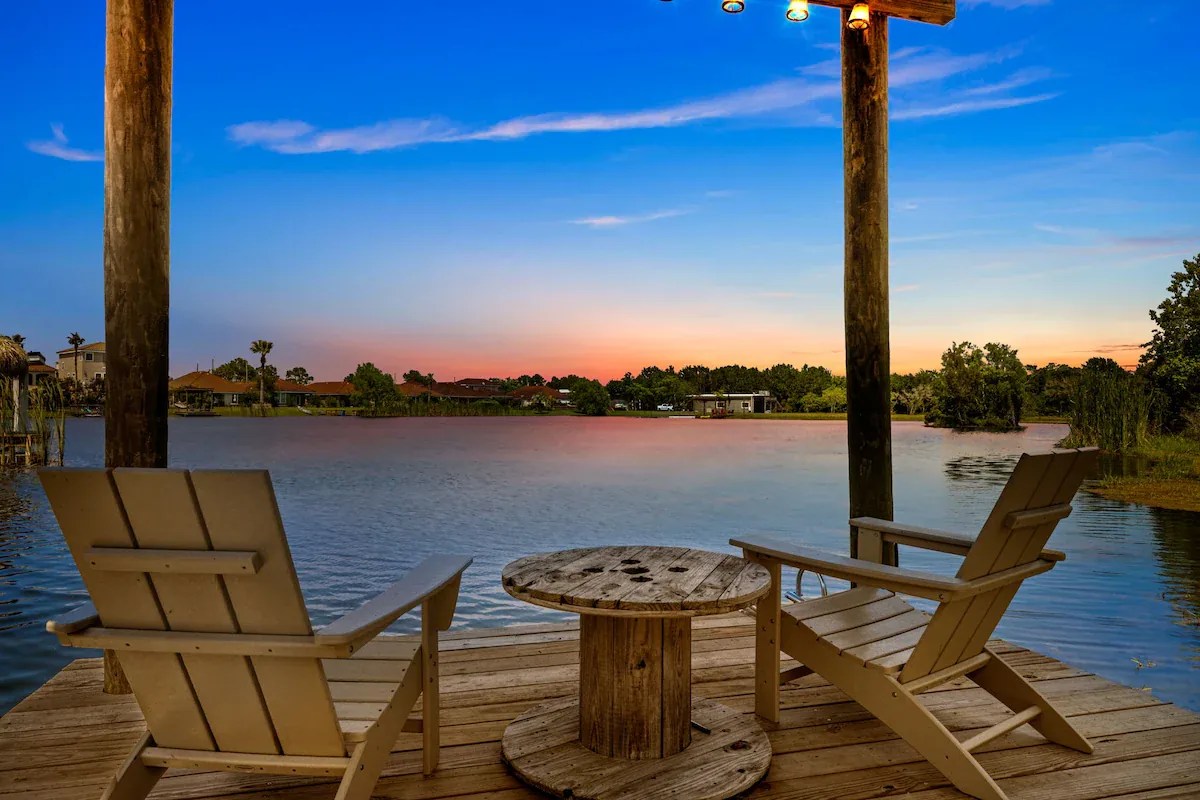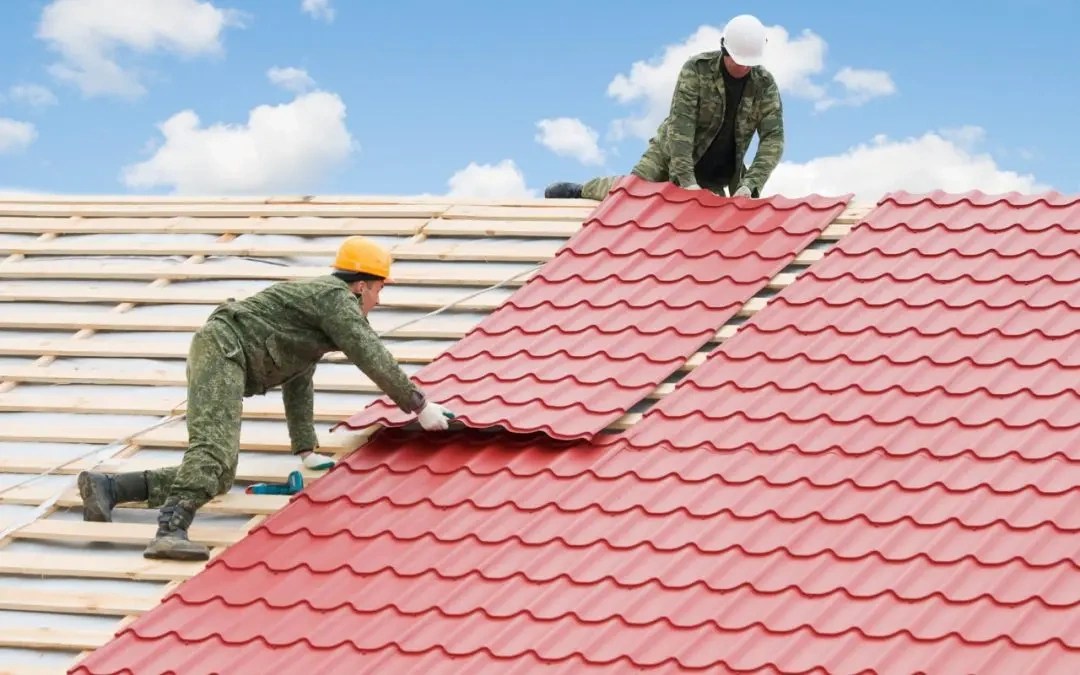Tile roofs have emerged as a notable option for event spaces and galleries, offering a blend of aesthetic appeal and functional durability. Their fire resistance and ability to withstand harsh weather conditions make them attractive for protecting valuable art and equipment. However, the considerable weight and associated costs present challenges that cannot be overlooked. An examination of these factors is essential for venue owners considering this roofing solution. What are the implications of these trade-offs?
Key Takeaways
- Tile roofs provide excellent durability and longevity, effectively protecting art and equipment from harsh environmental elements.
- Their natural fire resistance enhances safety for guests and valuable items within the venue.
- The diverse styles and colors of tile roofs allow for aesthetic integration with various architectural designs.
- While tile roofs offer energy efficiency by reflecting sunlight, they require reinforced structural support due to their weight.
- Higher initial installation costs and complex maintenance aspects should be carefully considered when choosing tile roofs.
Understanding the Importance of Roofing in Art and Gear Protection
A well-constructed roof plays an essential role in safeguarding valuable art, equipment, and guests from environmental elements. It acts as the first line of defense against rain, snow, and harmful UV rays that can cause deterioration. In venues housing artwork and intricate gear, the integrity of the roofing system is paramount; leaks or damage can lead to catastrophic losses. Additionally, a properly designed roof contributes to temperature regulation, ensuring a stable environment conducive to preserving delicate items. Beyond physical protection, a secure roof instills a sense of safety and comfort for guests, enhancing their overall experience. Understanding these critical aspects underscores the importance of roofing in creating spaces that nurture creativity and appreciation for art and culture, emphasizing the pros and cons of tile roofs.
Advantages of Tile Roofs for Event Spaces and Galleries
Tile roofs offer numerous advantages for event spaces and galleries, particularly in their ability to provide durable and aesthetically pleasing protection. Their longevity surpasses that of many roofing materials, ensuring a reliable shield against the elements. Additionally, the natural resistance of tile roofs to fire and pests enhances safety for both art and guests. Their diverse styles and colors allow for seamless integration with various architectural designs, fostering a welcoming atmosphere. Tile roofs also contribute to energy efficiency, as they can reflect sunlight and reduce cooling costs. By investing in tile roofing, event spaces and galleries not only secure their valuable collections but also create inviting environments that resonate with visitors, exemplifying the pros and cons of tile roofs in a practical context.
Potential Drawbacks of Tile Roofs to Consider
While tile roofs present many benefits, there are potential drawbacks that warrant careful consideration. One significant concern is their weight; tile roofs can be substantially heavier than other roofing options, requiring reinforced structural support that may increase overall construction costs. Additionally, the initial installation can be more labor-intensive and expensive, potentially straining budgets. Tile roofs can also be prone to cracking under heavy impact or extreme weather conditions, which may necessitate costly repairs over time. Moreover, the maintenance of tile roofs can be more complex, demanding specialized knowledge and skills. For event spaces and galleries, these factors can influence not only financial implications but also the long-term sustainability of protecting art, gear, and guests, underscoring the importance of understanding the pros and cons of tile roofs.
Comparing Tile Roofs to Alternative Roofing Options
When evaluating roofing options for event spaces and galleries, it is essential to compare tile roofs with alternative materials such as asphalt shingles, metal roofing, and wood shakes. Each roofing type offers distinct characteristics that can impact the protection of art, gear, and guests.
- Asphalt Shingles: Cost-effective and easy to install, but less durable.
- Metal Roofing: Highly durable and energy-efficient, though potentially more expensive.
- Wood Shakes: Aesthetic appeal and natural insulation but requires regular maintenance.
- Tile Roofs: Long-lasting and fire-resistant, yet heavier and pricier.
Understanding the pros and cons of tile roofs in relation to these alternatives allows decision-makers to select the most suitable roofing solution for their unique needs, fostering a safe and inviting environment.
Making an Informed Decision: Weighing the Pros and Cons of Tile Roofs
The decision to install tile roofs in event spaces and galleries involves careful consideration of their inherent advantages and disadvantages. Tile roofs offer durability and longevity, capable of withstanding harsh weather while providing aesthetic appeal that enhances the venue’s atmosphere. They can also help regulate temperature, protecting valuable art and equipment from extreme fluctuations. However, the pros and cons of tile roofs must be weighed against their higher initial costs and potential for increased weight, which may require structural reinforcements. Maintenance can also be more complex due to the potential for cracked tiles. Ultimately, making an informed choice requires an understanding of how these factors align with the venue’s specific needs and vision, ensuring a secure and inviting environment for all.
Frequently Asked Questions
How Do Tile Roofs Impact Energy Efficiency in Buildings?
Tile roofs influence energy efficiency by reflecting sunlight, reducing heat absorption. Their insulation properties help maintain stable indoor temperatures, leading to lower energy consumption. Consequently, this can result in decreased utility costs and environmental impact.
What Maintenance Is Required for Tile Roofs?
Tile roofs require regular maintenance, including periodic inspections for cracks or damage, cleaning debris, and ensuring proper drainage. This proactive care enhances longevity and performance, ultimately contributing to the overall resilience and aesthetic appeal of the structure.
Can Tile Roofs Withstand Extreme Weather Conditions?
Tile roofs exhibit remarkable durability, often withstanding extreme weather conditions such as high winds and heavy rainfall. Their robust construction provides effective protection, making them a favored choice for those seeking lasting reliability in various climates.
How Long Does a Tile Roof Typically Last?
Tile roofs typically last between 50 to 100 years, depending on the material quality and maintenance. Their durability makes them a popular choice, providing long-term protection and aesthetic appeal for various structures and environments.
Are Tile Roofs Eco-Friendly and Recyclable?
Tile roofs are often considered eco-friendly due to their longevity and natural materials. Additionally, many tiles are recyclable, reducing waste. This sustainability appeals to environmentally conscious individuals seeking durable roofing solutions that align with their values.
Conclusion
To sum up, tile roofs present a compelling option for event spaces and galleries seeking to safeguard art, equipment, and guests. Their durability, fire resistance, and aesthetic appeal offer significant advantages that enhance the overall venue experience. However, potential drawbacks such as increased weight, higher initial costs, and the need for specialized maintenance cannot be overlooked. Ultimately, a thorough evaluation of these factors will empower decision-makers to choose a roofing solution that best aligns with their specific needs and priorities.
You May Also Like To Read:





